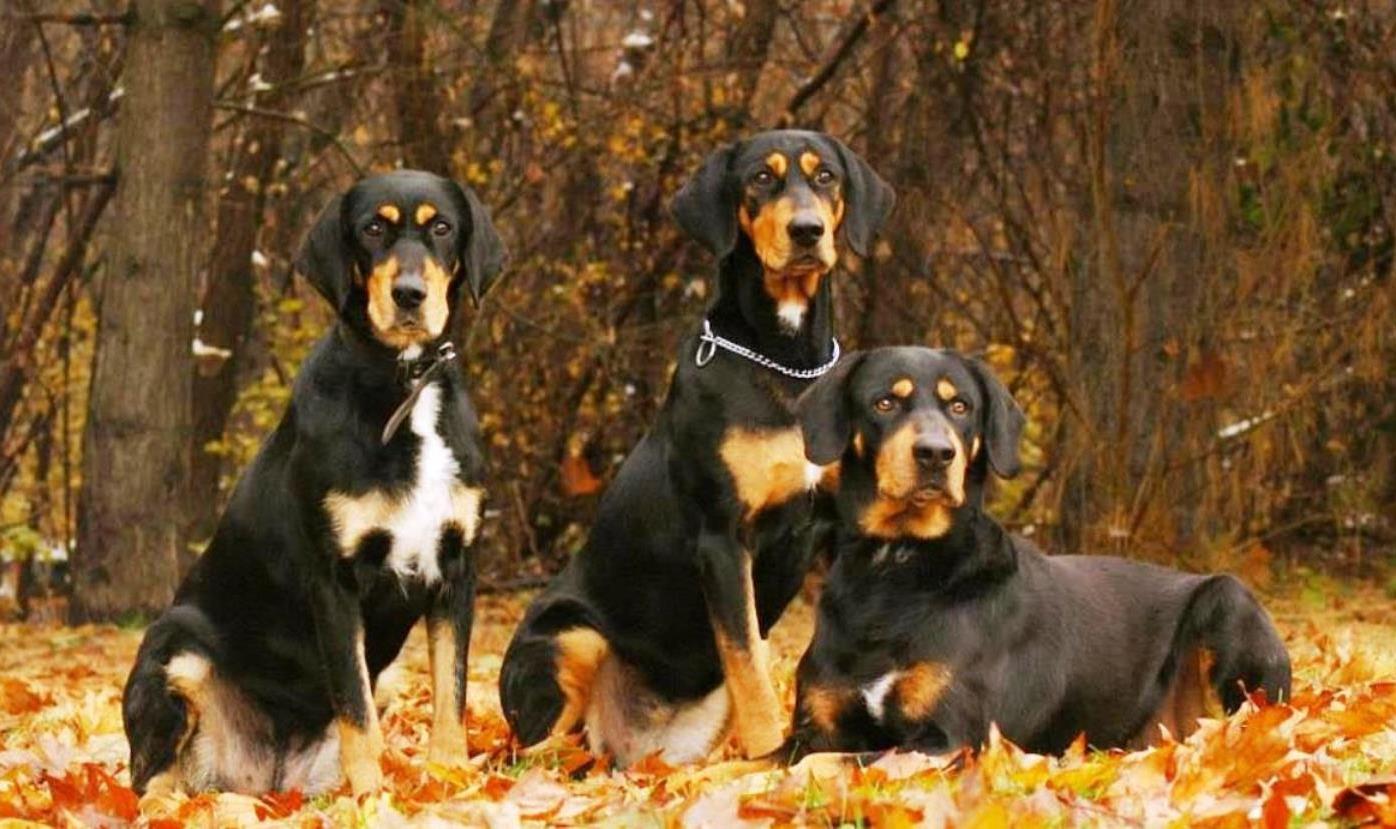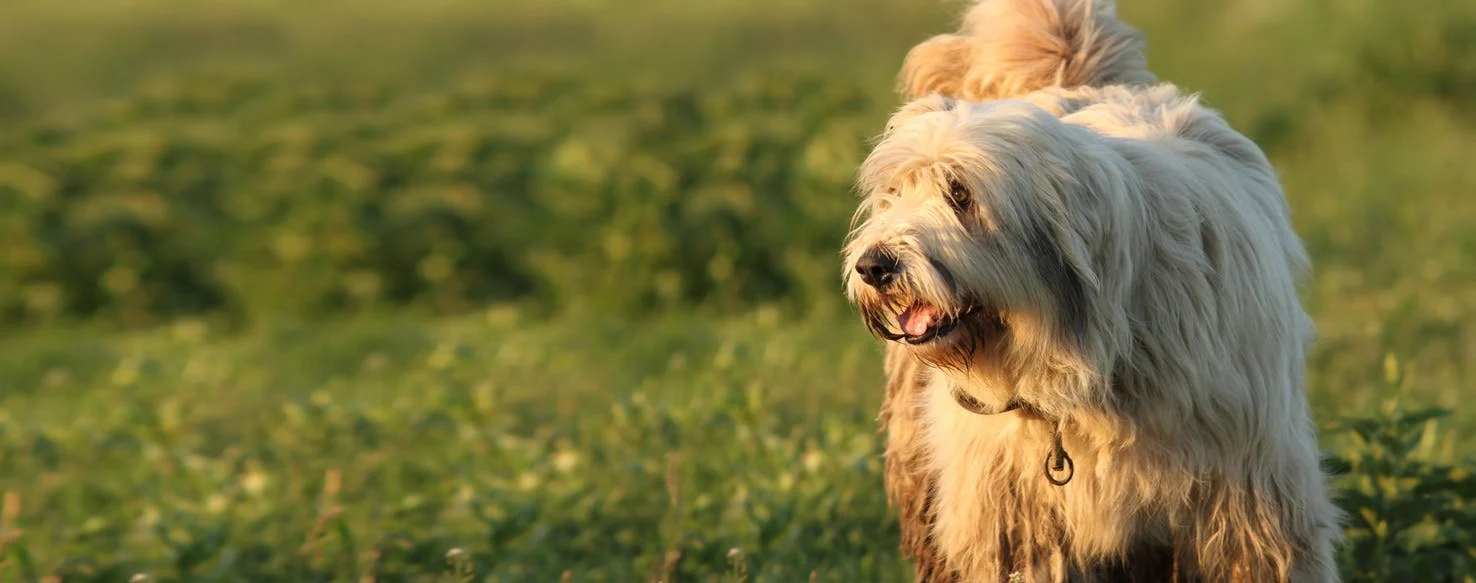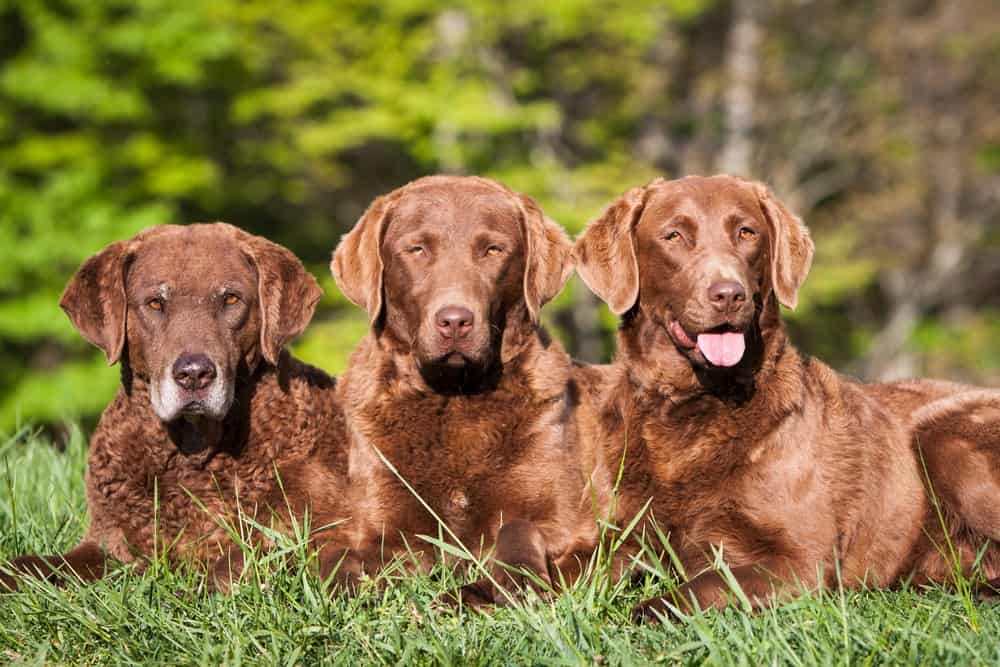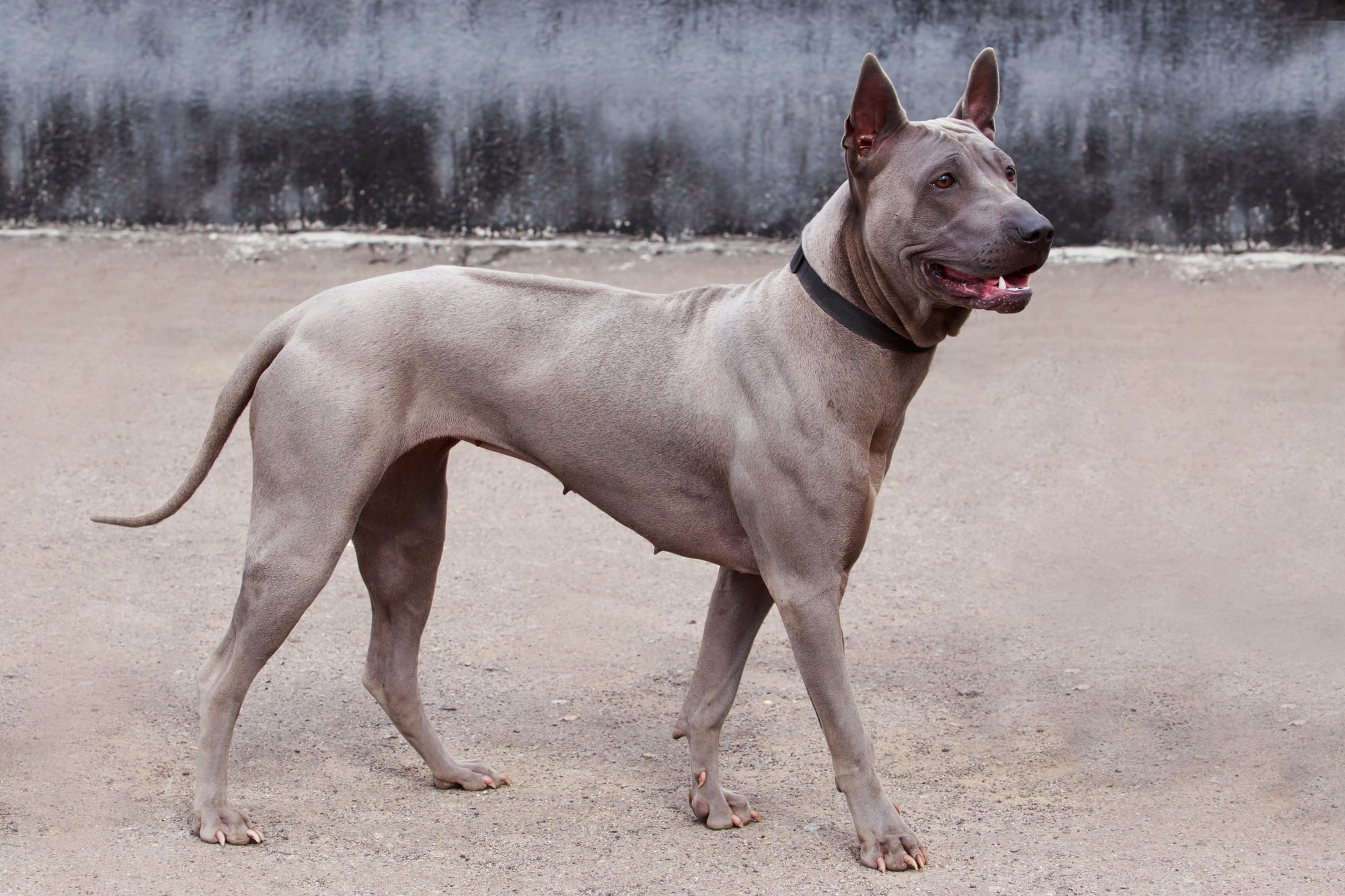Introduction
The Transylvanian Hound is a rare breed of dog that originated in Hungary, and is known for its exceptional hunting and tracking abilities. These medium to large-sized dogs are muscular and athletic, with a distinctive black and tan coat that is short and shiny. Transylvanian Hounds are intelligent and energetic dogs that require regular exercise and mental stimulation to maintain their physical and mental well-being. They are loyal and affectionate with their families, but can be reserved or even suspicious of strangers. The breed is not recommended for first-time dog owners or households with small children, as they can be strong-willed and require experienced handling.
Transylvanian Hound Temperament
The Transylvanian Hound is a confident, courageous, and independent breed known for its hunting skills. They are loyal and affectionate towards their family, but can be reserved with strangers. These dogs are intelligent, with a strong prey drive and require regular exercise and mental stimulation. They are also known for their excellent sense of smell and make great working dogs. While they are typically easygoing, they can be strong-willed and require firm and consistent training. Socialization at an early age is important to prevent aggression towards other animals.
Aggression
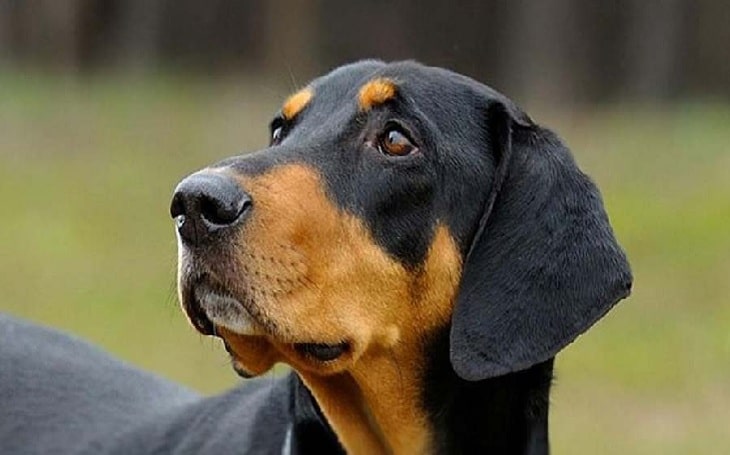
The Transylvanian Hound is generally a friendly and affectionate breed with their families, but like all dogs, they can display aggressive behavior if they feel threatened or provoked. Aggression in Transylvanian Hounds is not common, but it can occur if they perceive a threat to their family or territory, or if they are not properly socialized and trained. To prevent aggressive behavior in Transylvanian Hounds, it is important to provide them with early socialization and training, expose them to different people, animals, and situations, and teach them how to respond to different stimuli. Consistent and positive reinforcement training methods can also be effective in reducing the risk of aggression.
Health and Lifespan
The reported lifespan range of the Transylvanian Hound is between 10-12 years.
Food for Transylvanian Hound
The best food for your Transylvanian Hound will depend on their age, activity level, and overall health. As a highly active breed, Transylvanian Hounds require a well-balanced diet that is rich in protein, fat, and essential nutrients to support their energy needs and maintain their muscular physique. High-quality dry dog food that is specially formulated for medium to large breeds can be a good choice for Transylvanian Hounds. Look for brands that contain high-quality animal protein sources such as chicken, beef, or lamb, as well as a variety of fruits, vegetables, and whole grains to provide the necessary vitamins and minerals. It is also important to avoid foods that contain artificial preservatives, fillers, or by-products.
Training for Transylvanian Hound
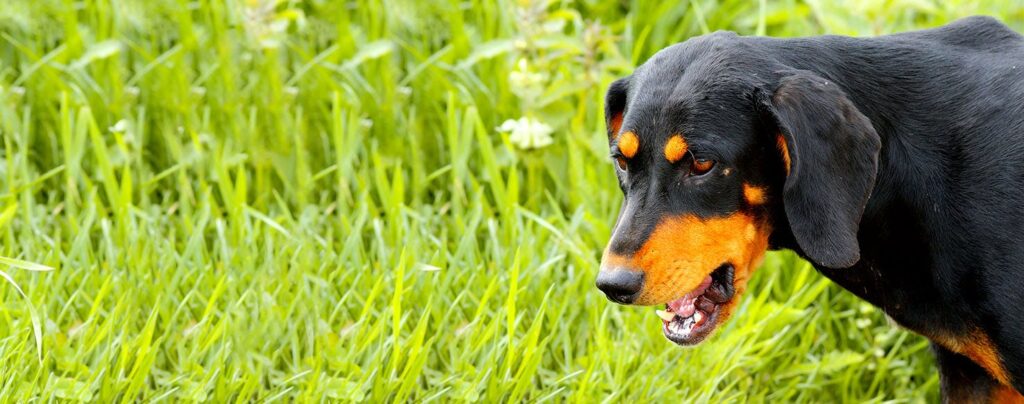
Training a Transylvanian Hound requires a firm and consistent approach, while also being patient and kind. These dogs are intelligent and independent, so training should be engaging and challenging to keep them mentally stimulated. Positive reinforcement techniques using treats and praise can be effective in motivating them to learn. Early socialization is important to prevent aggression towards other animals. These dogs have a strong prey drive, so recall training and leash walking should be prioritized. They can be headstrong, so it is important to establish yourself as the pack leader through consistent rules and boundaries. They are also active dogs, so providing daily exercise is important to prevent destructive behavior.
Conclusion
In conclusion, the Transylvanian Hound is a highly active and friendly breed that can make a great companion for active families. They are generally healthy and easy to care for, but like all dogs, they require proper socialization, training, and a well-balanced diet to maintain their health and well-being. With proper care and attention, the Transylvanian Hound can thrive in a loving home and become a beloved member of the family.
